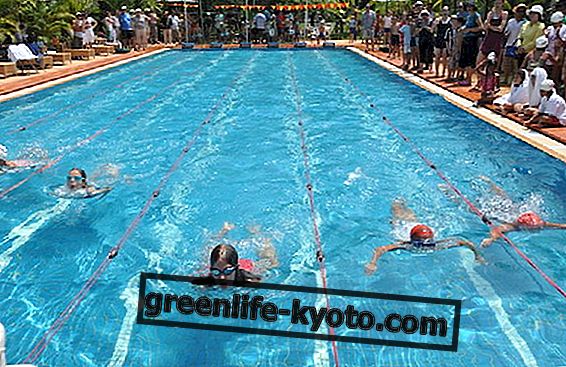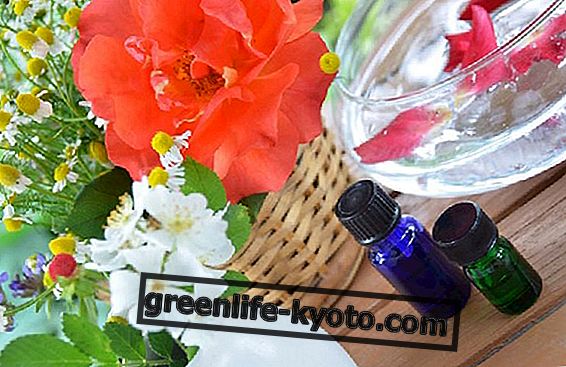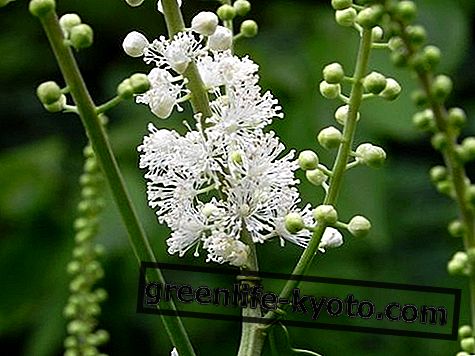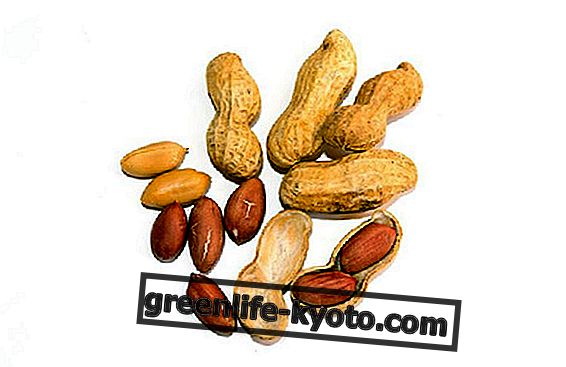
Bergamot is a citrus with a sour taste and many beneficial properties.
Its scientific name is Citrus Bergamia and belongs to the botanical family of rutaceae . Its origin could come from the cross between the bitter orange and the acid lime, but some think that instead the bergamot is a real bedrock species.
Bergamot is a tree that can grow up to 3 or 4 meters in height and is known for its fruits very similar to oranges but which differ in color and soap: the bergamot fruit has a green skin that becomes yellow at the end of maturation in the periods from November to March.
The flowers are very fragrant and white in color and the time of its maximum flowering is between March and April when the first leaves of the new annual vegetative cycle also begin to appear.
Bergamot growth zone
The area of origin of bergamot is uncertain but currently its homeland where it cedes in its maximum splendor is in the region of Reggio Calabria .
Here there is a coastal strip about 100 km long, from the village of Villa San Giovanni up to the Gioiosa Jonica, where the bergamot produces and prospers wonderfully .
This particular area has a special microclimate (tropical zone with a humid temperate) suitable for the development of bergamot with warm summers without rain, winters that do not fall below 10 degrees and abundant rains in spring and at the end of autumn.
C alabria alone boasts 90% of world bergamot production precisely because it requires this particular climate to develop at its best; cultivating bergamot in other areas or in pots will not always be easy in different environments but it will still be possible to try, perhaps expecting inferior production of fruit quantitatively and qualitatively.
Sacopri the functions of bergamot as a disinfectant and bactericidal plant
Cultural needs of bergamot
The most suitable medium for the growth of bergamot is the medium-textured one with the presence of humus and well-drained, deep and fertile. Indicatively it prefers a pH between 6.5 and 7.5.
The soils that are too clayey or too limestone on the other side are to be avoided.
The best position to grow bergamot is certainly the sunniest and brightest one . Direct sunlight on the plant helps the development and production of flowers and fruits: exposure to sunlight is an essential element for the well-being of the bergamot plant.
In addition to light, bergamot needs mild temperatures and withstands warm ones, while it does not withstand temperatures that fall below 10 degrees, so much so that this situation could lead to the death of the same plant. This danger is more frequent in the first years of development of bergamot when the plant is still young, but even as an adult the temperatures of a few degrees Celsius can cause irreparable damage to development.
Bergamot does not have many irrigation needs; it needs water during the time of the plant and in the first years of growth and in the periods of spring and autumn . In the case of very dry summers it will be good to evaluate at the moment, while in winter the irrigations are completely suspended .
Instead, you will need to pay more attention to water stagnation that can create an unfavorable environment in the soil and lead to root rot or diseases of the root system.
Cultivation of bergamot and its varieties
The bergamot can be purchased from a nursery or agricultural specialist selling citrus saplings. Usually they are chosen saplings of 1 or 2 years that will then be implanted directly in full field or in pot.
Another way to grow a bergamot is by reproducing from seed that allows to obtain a plant that is completely identical to the mother plant, even if this technique is only possible for the most expert in agriculture and for those who have a lot of patience since the times before are doubled to have the fruiting of the adult plant .
It is possible to choose between different varieties that differ in the appearance of the plant and the fruit; the ripening citrus may be more spherical or more globular or may vary in size from 80 to 200 grams. Still the choice of the variety could be for the resistance or for the longevity of the plant itself.
The 3 main varieties of bergamot are:
- The Fantastico, the most widespread variety in Calabria covering 75% of the total production. Its fruits are large and rich in essential oils.
- The Femminello, with rapid growth and reduced development; for this reason it is chosen for the shortest times for obtaining production and for ease of collection. Unfortunately, however, it is more demanding and is a plant that is not long-lived so the plants are then abandoned first.
- The Castagnaro, which, unlike the previous one, is a tree resistant to wind, very vigorous and long-lived but with the typical alternation in the production of fruits with years of much production and years with less production.
Also read:













